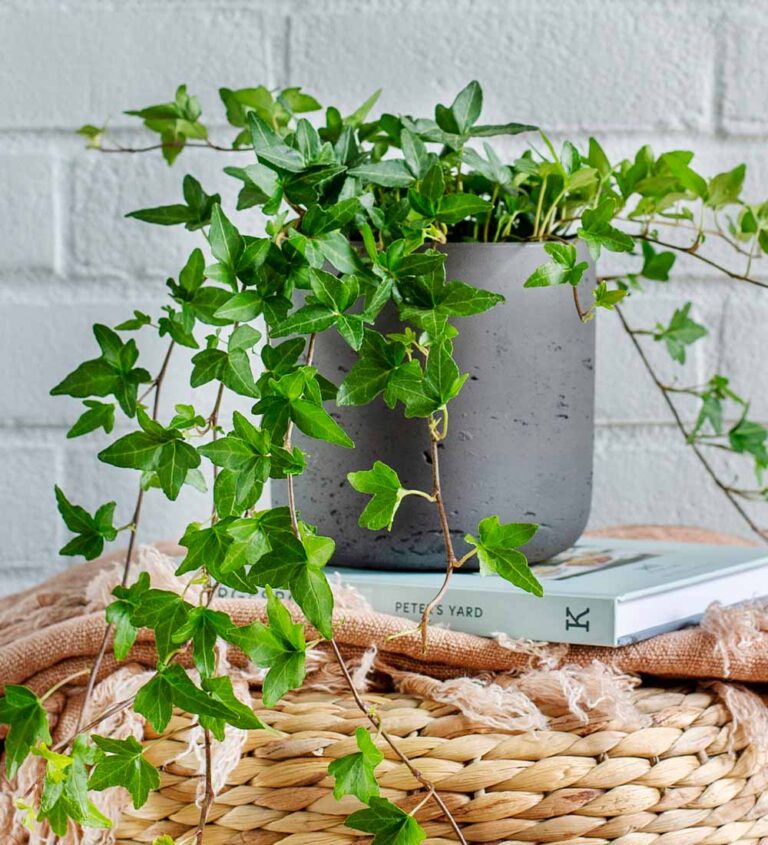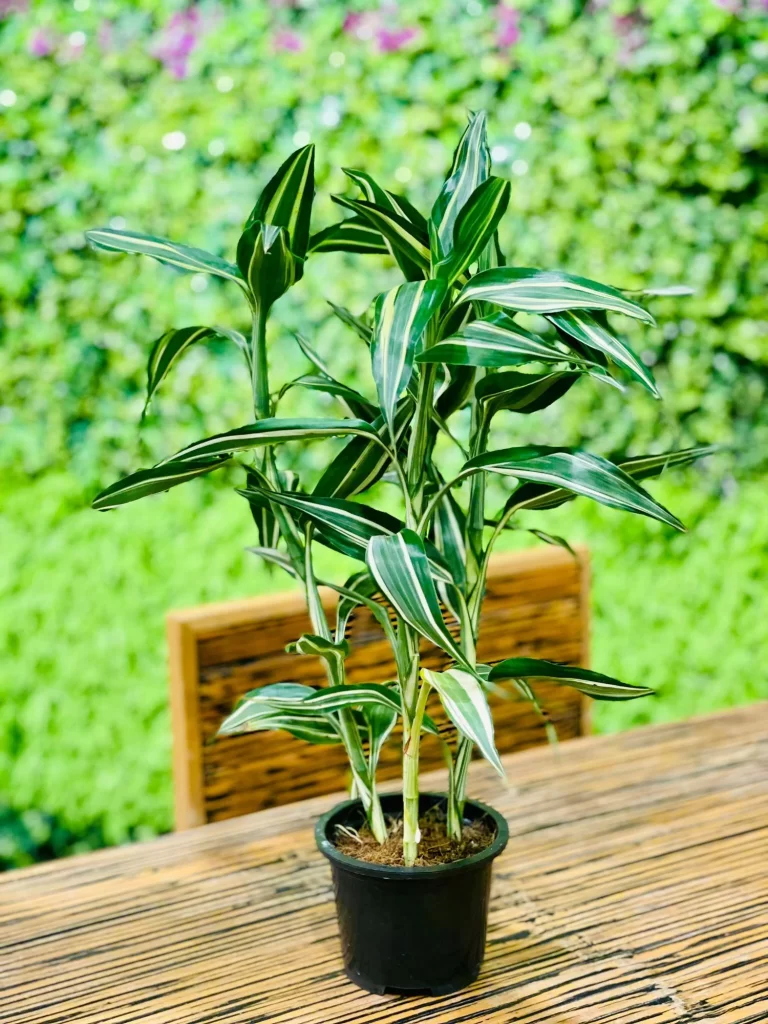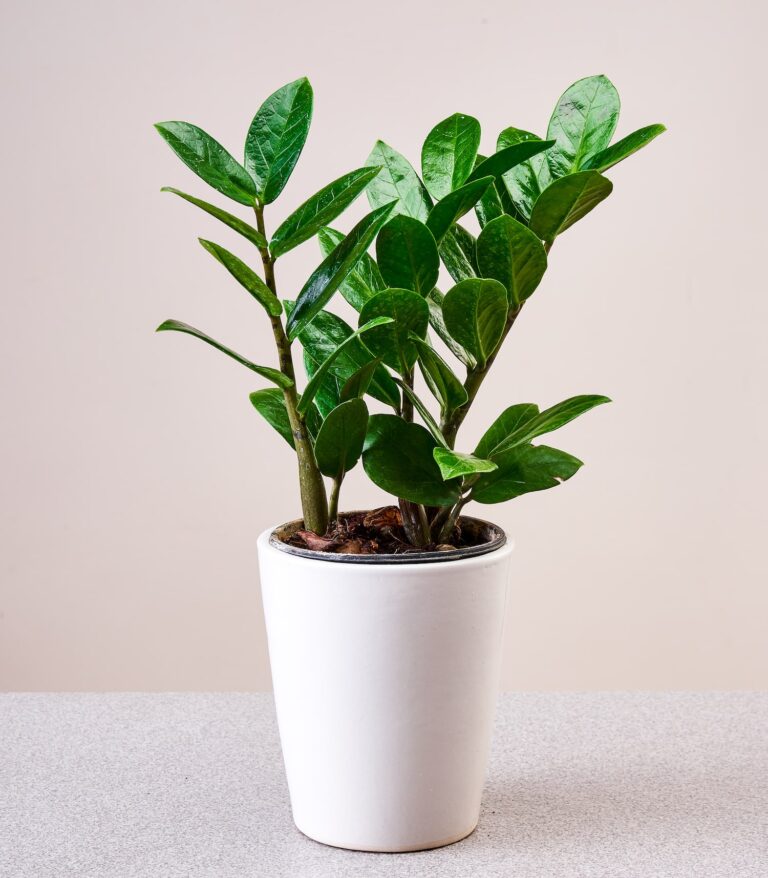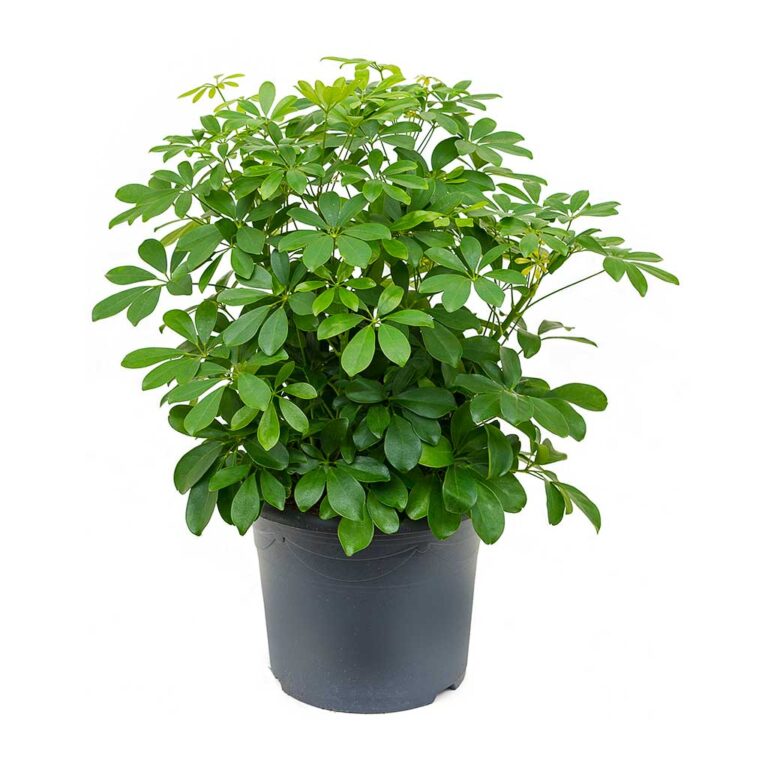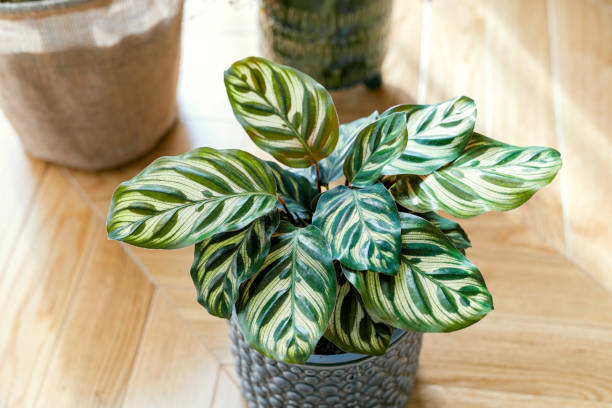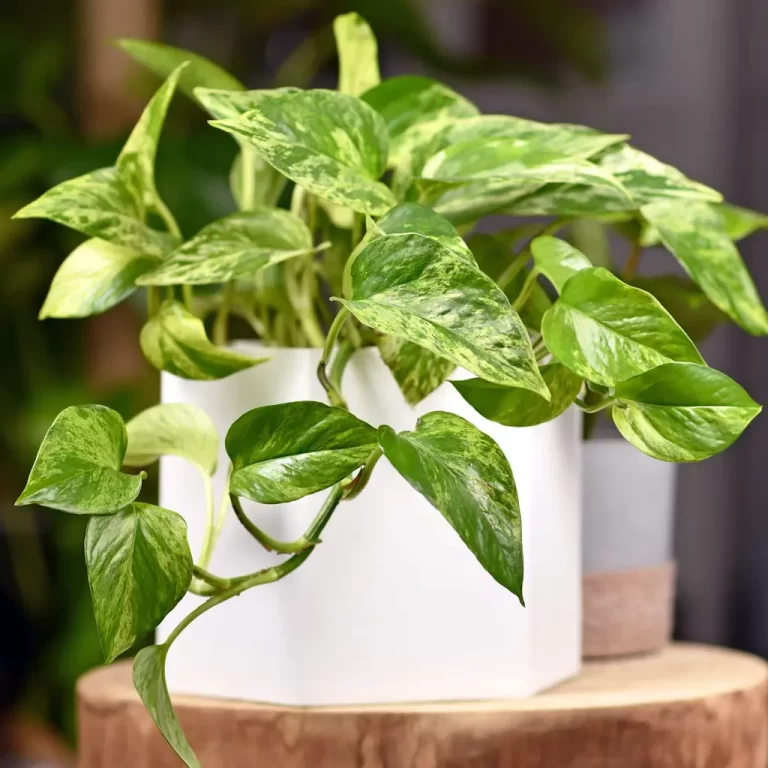Discovering Monstera: The Swiss Cheese Plant
Discovering Monstera: The Swiss Cheese Plant
Welcome to a world of lush greenery and tropical charm! Today, we dive into the fascinating realm of Monstera, a plant that has captured the hearts of plant enthusiasts worldwide. Whether you’re a seasoned gardener or just starting your journey, this blog will help you understand, care for, and appreciate the beauty of Monstera plants. Let’s embark on this leafy adventure together!

Table of Contents
- Introduction to Monstera
- Varieties of Monstera
- Monstera Care Tips
- Decorating with Monstera
- Common Problems and Solutions
- Monstera FAQ
Introduction to Monstera
The Monstera, often referred to as the “Swiss Cheese Plant,” is a tropical plant native to Central and South America. Known for its large, glossy leaves with unique perforations, it has become a favorite among houseplant enthusiasts. The name Monstera comes from the Latin word for “monstrous” or “abnormal,” which refers to the plant’s unusual leaf structure. This plant thrives in warm, humid environments and can grow impressively large, making it a striking addition to any indoor or outdoor space. Its aesthetic appeal and relatively low maintenance needs have made it a symbol of modern interior design.
Varieties of Monstera
Monstera plants come in several stunning varieties, each with its own unique characteristics. Below is a comparison of some popular types:
| Variety | Leaf Characteristics | Growth Habit |
|---|---|---|
| Monstera Deliciosa | Large, split leaves with fenestrations | Climbing vine, grows up to 10 feet indoors |
| Monstera Adansonii | Smaller leaves with oval holes | Compact climber, ideal for smaller spaces |
| Monstera Variegata | Green leaves with white or cream variegation | Slower growth due to variegation |
Monstera Care Tips
Caring for a Monstera is straightforward if you follow these essential guidelines:
- Light: Place your Monstera in bright, indirect sunlight. Avoid direct sunlight as it can scorch the leaves.
- Watering: Water when the top inch of soil feels dry. Overwatering can lead to root rot.
- Humidity: Maintain high humidity levels by misting the plant or using a humidifier.
- Soil: Use well-draining potting mix rich in organic matter.
- Fertilizer: Feed monthly during the growing season with a balanced liquid fertilizer.
- Pruning: Trim yellow or damaged leaves to encourage healthy growth.
Decorating with Monstera
Monstera plants are not just a botanical wonder but also a versatile decor element that can elevate any space. Their dramatic leaves and vibrant green color make them ideal for creating a tropical or modern aesthetic. Here are some ideas for decorating with Monstera:
- Living Rooms: Place a large Monstera Deliciosa in a corner to add height and texture.
- Bedrooms: Use smaller varieties like Monstera Adansonii on bedside tables for a fresh touch.
- Bathrooms: High humidity makes bathrooms perfect for Monstera plants, adding a spa-like vibe.
- Workspaces: A Monstera plant on your desk can boost creativity and reduce stress.
- Wall Art: Frame dried Monstera leaves or use them as motifs in wallpapers and prints.
Common Problems and Solutions
Even though Monstera plants are relatively low-maintenance, they can face issues if not cared for properly. Below is a table outlining common problems and their solutions:
Monstera FAQ
What is the best light condition for Monstera plants?
Monstera plants thrive in bright, indirect sunlight. Direct sunlight can scorch their leaves, while low light may hinder growth and fenestration development.
How often should I water my Monstera?
Water your Monstera when the top inch of soil feels dry. Typically, this means watering every 1-2 weeks, but frequency may vary depending on humidity and temperature.
Why are my Monstera’s leaves turning yellow?
Yellowing leaves are often caused by overwatering or poor drainage. Ensure the pot has drainage holes and allow the soil to dry out between waterings.
Can Monstera plants grow in low light conditions?
While Monstera plants can survive in low light, they will not thrive. Low light may result in smaller leaves and fewer fenestrations.
How do I propagate a Monstera plant?
Monstera propagation is usually done via stem cuttings. Cut a section with a node and place it in water or moist soil until roots develop.
Do Monstera plants require fertilizer?
Yes, feeding your Monstera with a balanced liquid fertilizer once a month during the growing season will promote healthy growth.
| Problem | Symptoms | Solution |
|---|---|---|
| Yellowing Leaves | Overwatering or poor drainage | Allow soil to dry out and ensure pot has adequate drainage holes. |
| Browning Edges | Low humidity or underwatering | Mist regularly or increase humidity using a humidifier. |
| Pests (e.g., spider mites) | Visible webbing or tiny spots on leaves | Use insecticidal soap or neem oil to eliminate pests. |
| No Fenestrations | Lack of light | Move plant to brighter indirect sunlight |
Thank you for exploring the world of Monstera plants with us! These stunning tropical beauties can transform any space into a lush oasis while being relatively easy to care for. Whether you’re decorating your home or solving plant care challenges, Monstera plants are a rewarding addition to your green collection.


